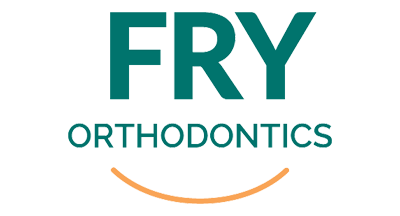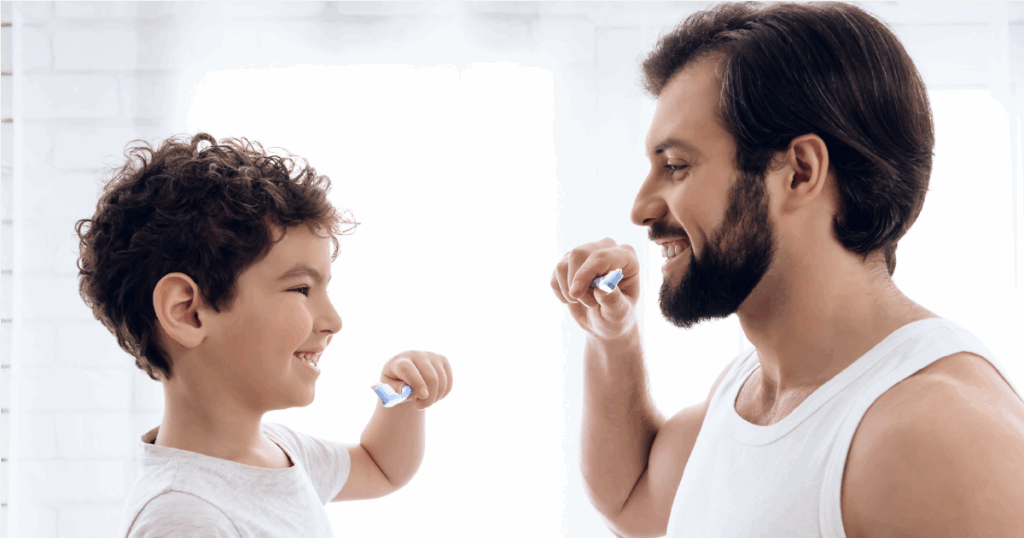As humans, we have two sets of teeth throughout our lives and the first set of teeth that grow in are commonly known as baby teeth. Do adults still have their baby teeth and if so, why does it happen? Read on to learn more answers to this question and more!
The development of teeth
This first set of teeth we get typically begin coming in at age six to ten months. Twenty baby teeth are grown in by the age of three. The teeth are lost and start falling out due to the second set or adult teeth start to form behind the existing primary teeth causing them to push against the teeth. Causing the baby teeth to become loose and eventually fall out, but sometimes the teeth do not push out and will remain into adulthood. There are a few reasons why this occurs and what doctors do to treat adult baby teeth.
What are adult baby teeth?
It is not uncommon for adults to have baby teeth remaining and for people who have them as adults, the second molar is usually retained. This is because the primary tooth does not have a second one growing behind it. Depending on the area of the mouth where a baby tooth is still present in an adult is what determines the level of difficulty for treatment without causing complications. The main risk of leaving baby teeth untreated is possibility of complications in tooth development. A few examples are:
- Infraocclusion- baby teeth remain in a fixed position while the teeth next to them continue to come in.
- Occlusal trauma- the teeth do not line up when the mouth is closed and the bite is rested.
- Diastema– spaces or gaps between the teeth.
Why do baby teeth remain?
The most common reason for baby teeth to remain is when the primary tooth is not replaced by the adult tooth. There are a few different conditions that can result in an adult having baby teeth:
- Hyperdontia- having too many, or extra teeth and there is not enough room for permanent teeth to grow in.
- Hypodontia- missing one to five permanent adult teeth.
- Oligodontia- missing more than six permanent teeth.
- Anodontia- missing a majority of or all of their adult teeth.
- Ankylosis- a rare disorder that occurs when the teeth fuse to the bone, which prevents new teeth growing in.
- Mouth trauma or an infection in the mouth can get in the way of tooth development and eruption.
What can you do if you have baby teeth as an adult?
There are times when retaining the tooth may be the best option for a patient. This is when the tooth and the root are still in good health, have good structure, and is well functioning.
Modification may be needed to prevent infraocclusion even if the tooth root and crown are in a healthy condition. A simple modification to this would be adding a cap to the baby tooth. This will give it the appearance of an adult tooth.
In the case of extreme crowding, a baby tooth may need to be removed in order to straighten the teeth. That being said, removing a baby tooth with no replacement can lead to further complications.
If the baby tooth is very weak and has root resorption (decay) replacing the baby tooth may be necessary. Using an implant to replace the tooth is what is commonly used. If getting a crown is the treatment plan, waiting for the development of the skeletal structure is necessary. Late teen years is a good time period as the skeletal structure is formed.
At Fry Orthodontics, we know that understanding the best option for you is key to planning your treatment options with your doctor. For more information, contact our office at 913-469-9191.





